How to make the perfect espresso
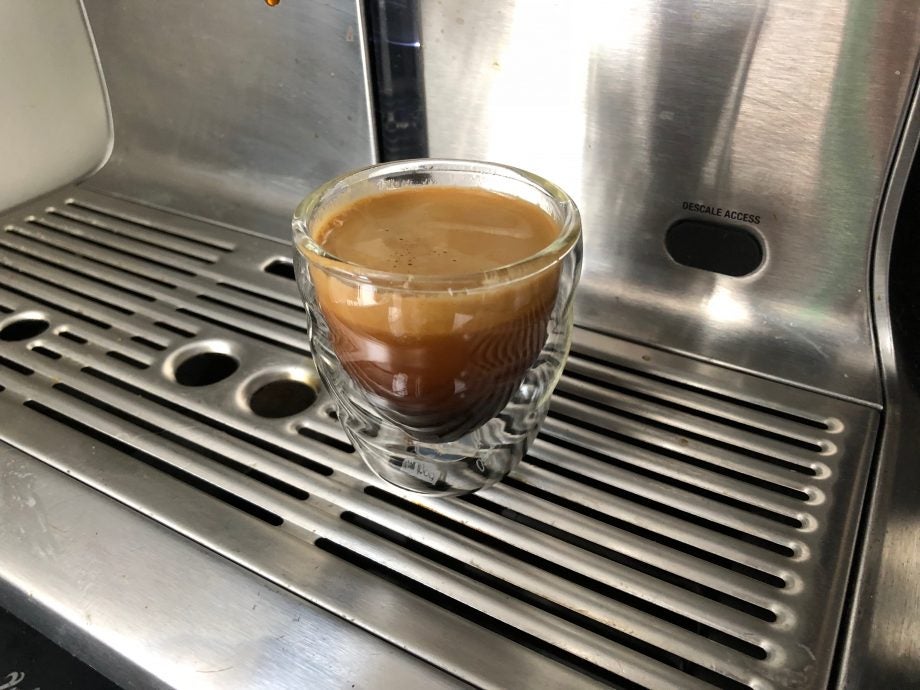
As good as bean-to-cup and pod machines are, there’s nothing quite like the quality and taste produced by making espresso with a manual machine. Our list of the best coffee machines will help you find the top manual coffee makers, but using one to its maximum ability is a different matter. Here, we’ll show you how to make the perfect espresso.
Making an espresso is more an art than an exact science, and while there are guidelines, the exact finish is down to taste. So, feel free to vary how much coffee you use, the volume of the finished shot and the temperature of the final drink. Before you start, warm up your coffee machine and, if it has one, place your espresso cups on the warmer to pre-heat them. You can also wash hot water from your machine through the cups to get them ready. Make sure you have fresh coffee (whole bean or fresh); old coffee that has been sitting around for a while will not make good espresso.
Related: How to use a French press
Step 1 – Choose your filter basket
Manual espresso machines ship with multiple filter baskets, which are the section that clip into the group handle (the bit with spouts) and hold the ground coffee. You’ll usually see single and double filters.
Double filters are generally easier to use, as they have a flatter bottom that makes tamping the coffee simpler. Single filter baskets tend to have sloped sides that can make tamping evenly hard.
Posh coffee machines will have two types of filter basket. Single-wall filters are best when you have a decent grinder; double-wall filters help increase pressure and can help you make decent espresso when using a cheaper grinder or pre-ground coffee. Single wall filters give the best results.
In all cases, start with a double espresso filter, as you’ll find it easier to practice and get decent results.
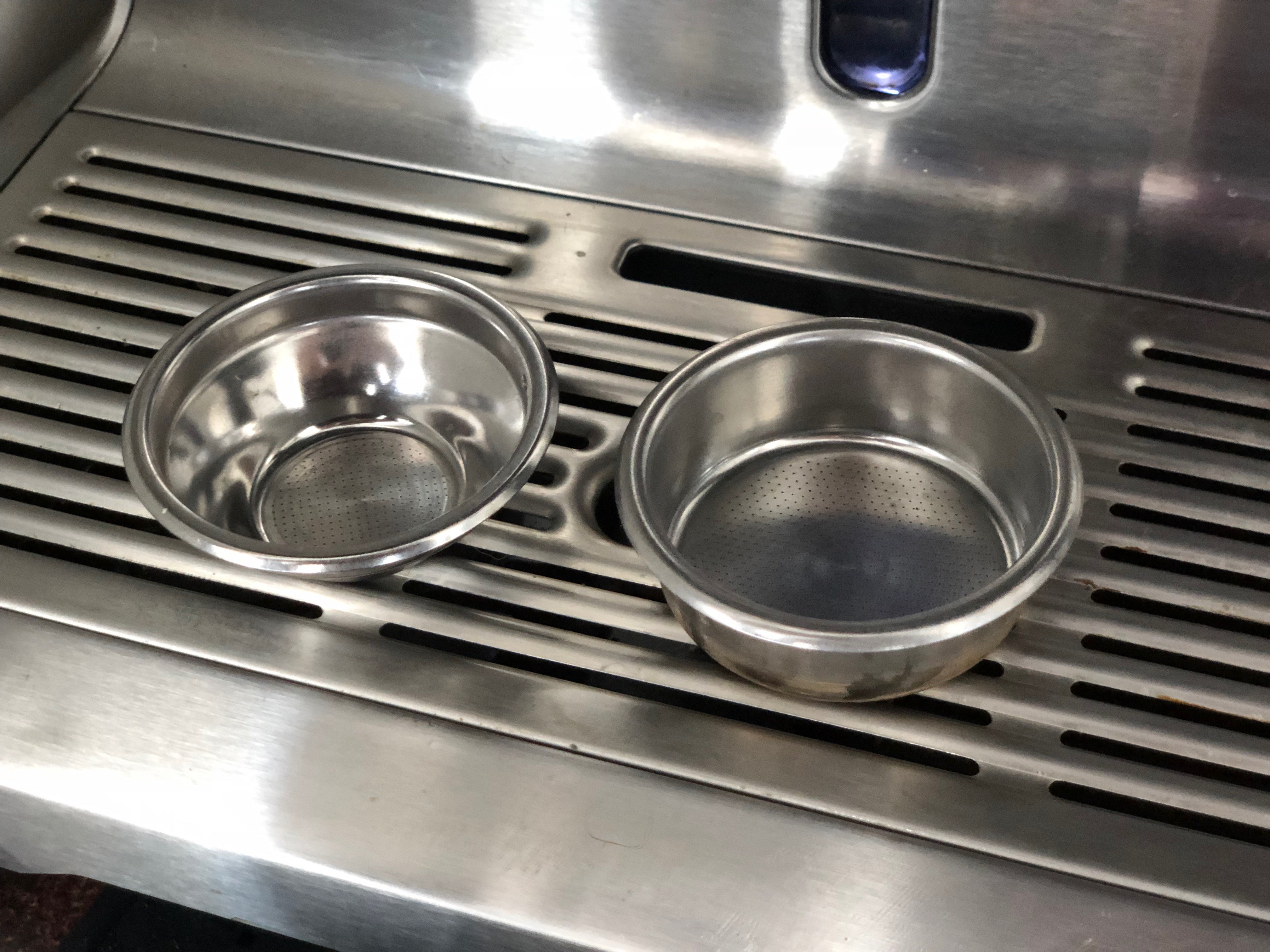
Step 2 – Prepare your coffee
If you’re going to make espresso it makes sense to have a burr coffee grinder, so that you can grind to order. That way, you can adjust your coffee to match your machine. Getting the grind right can be hard, but our guide on how to use a coffee grinder can help you get things right.
No matter whether you’re using fresh or pre-ground coffee, you need the right amount. A single shot of coffee is around 6-to-8g; a double shot requires 15-to-18g of coffee.
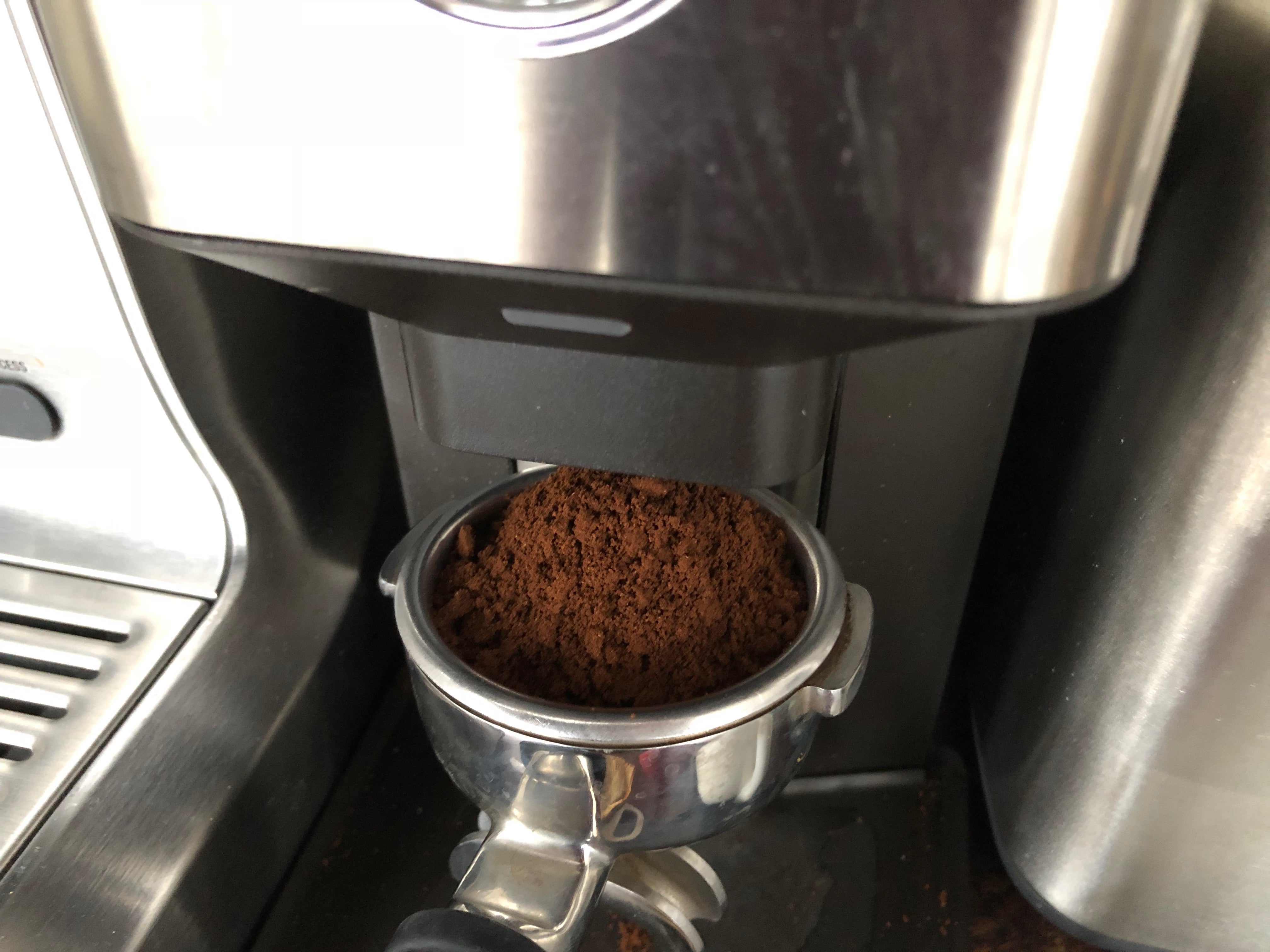
Step 3 – Tamp your coffee
The next step is to tamp your coffee, using the right-size tamper for your filter basket. High-end machines use 58mm filter baskets; cheaper consumer machines will typically have smaller 57mm filter baskets.
We use a simple tamping mat, which slips over the side of a counter and provides a safe non-slip surface for the job. These cost around £8 from Amazon.
Press down on the coffee using firm pressure. Sage, for example, recommends 15-to-20kg of pressure for its Dual Boiler machine: that’s a very firm press down on the coffee. However, it’s not so much how hard you press as using firm consistent pressure. A single swirl of the tamper at the end can be used: your coffee should have a flat top and look smooth. Take your finger and wipe away any coffee grounds from the around the top of the group handle.
At the end the compressed coffee should sit a few millimetres off the top of the group handle; if it’s overflowing you have too much coffee; a big gap shows you have too little coffee.
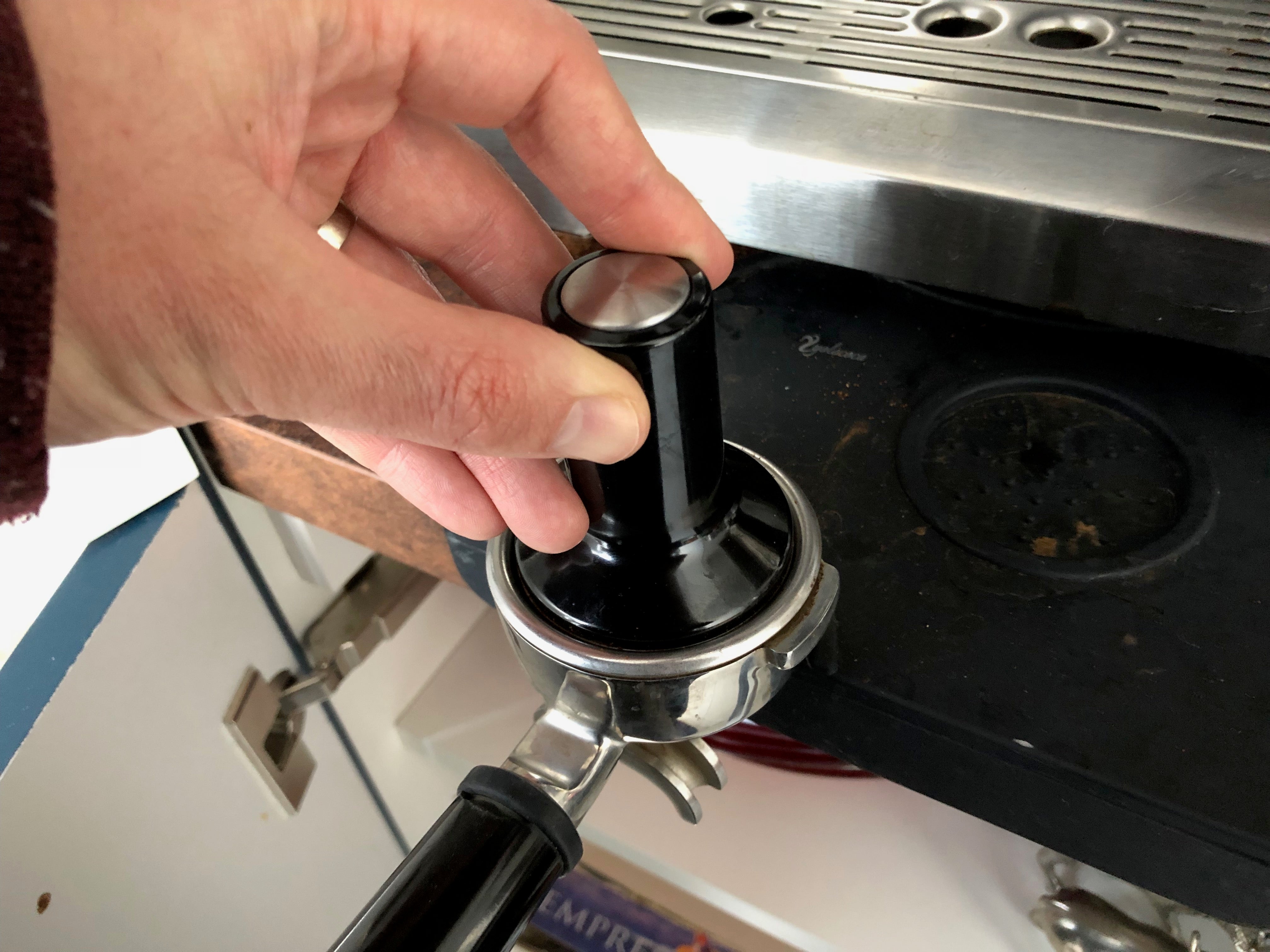
Step 4 – Pour your espresso
When your coffee machine has warmed up, insert the group handle and twist to lock it into place. Depending on the type of machine you have, you may have a single button to turn it on/off, or dedicated buttons for single- and double-espresso amounts.
A single espresso should pour in 20s resulting in around 30-to-35ml of drink; a double espresso should pour in 20s resulting in around 60ml of drink. If you’re using a machine with dedicated controls, make sure that the single- and double-espresso options are set of this pour time. If you’ve only got the one button, you’ll have to time the pour time yourself.
Turn on the machine and start pouring. Getting the right espresso is all about the right amount of pressure of the water passing through the tamped coffee grounds.
If you have a machine with a pressure gauge, you’re looking for the needle to hit between 8 and 11 bar. Above this pressure, the coffee will not flow and you’ll get very little, very bitter espresso. Below this pressure, the coffee flows too fast, giving you too much volume and a bubbly head.
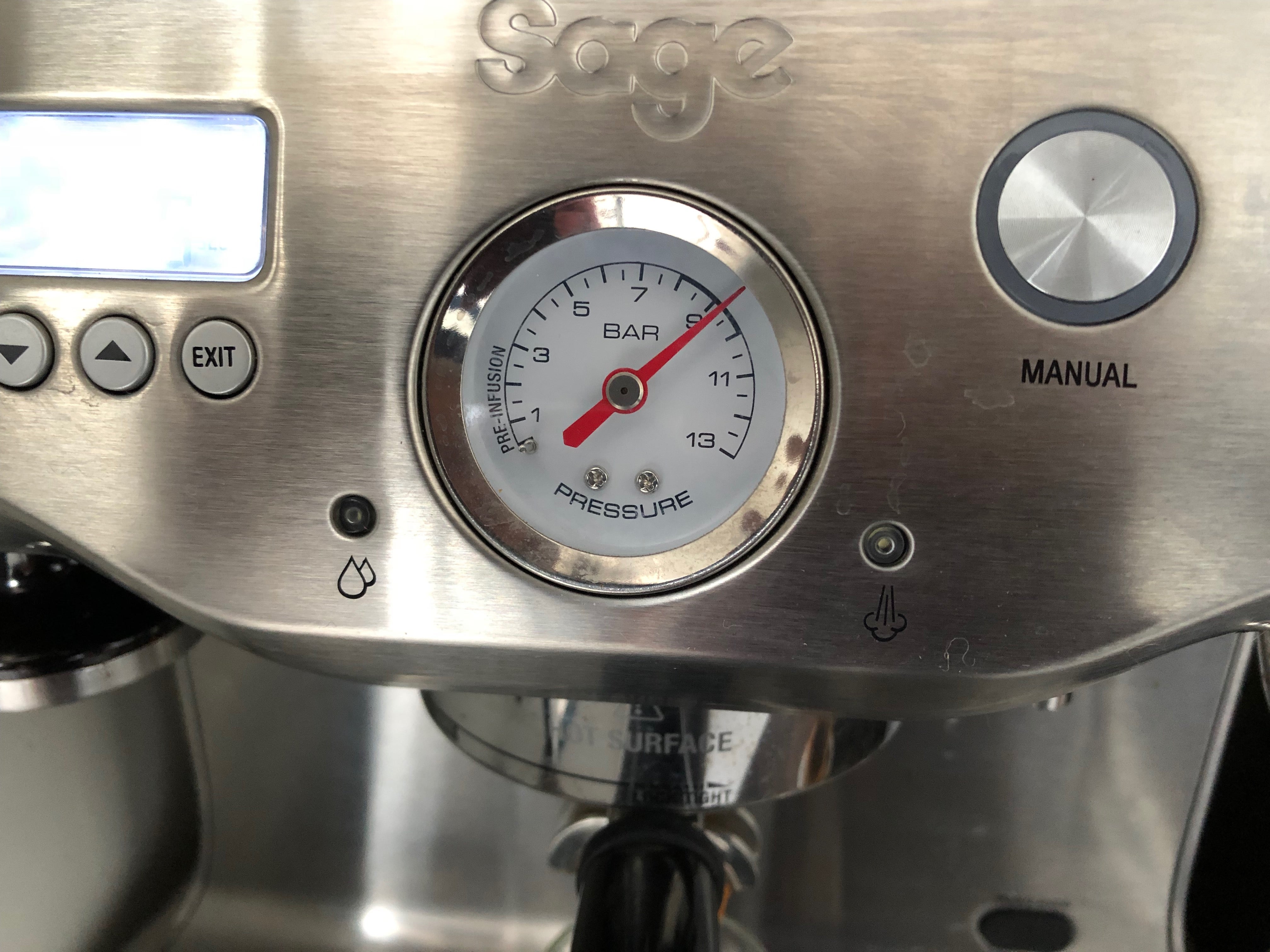
There are visual clues, too. Espresso should pour with a light reddish-brown colour. If you get a thicker, foamier texture then the espresso is flowing too fast (there’s not enough pressure); a dribble or no fluid shows that your drink is pouring too slowly (too much pressure). Of course, you can tell by the volume of espresso at the end of the action.
If you don’t have enough pressure, there are two options. First, you can tamp more, compacting the coffee more. Secondly, you can adjust your grinder (if using one) for a finer grind. In many cases, it’s a combination of the two that helps.
If you have too much pressure, there are two options. First, you can loosen up on the tamp, using slightly less force to compress the coffee. Secondly, you can use a finer grind if you have your own grinder.
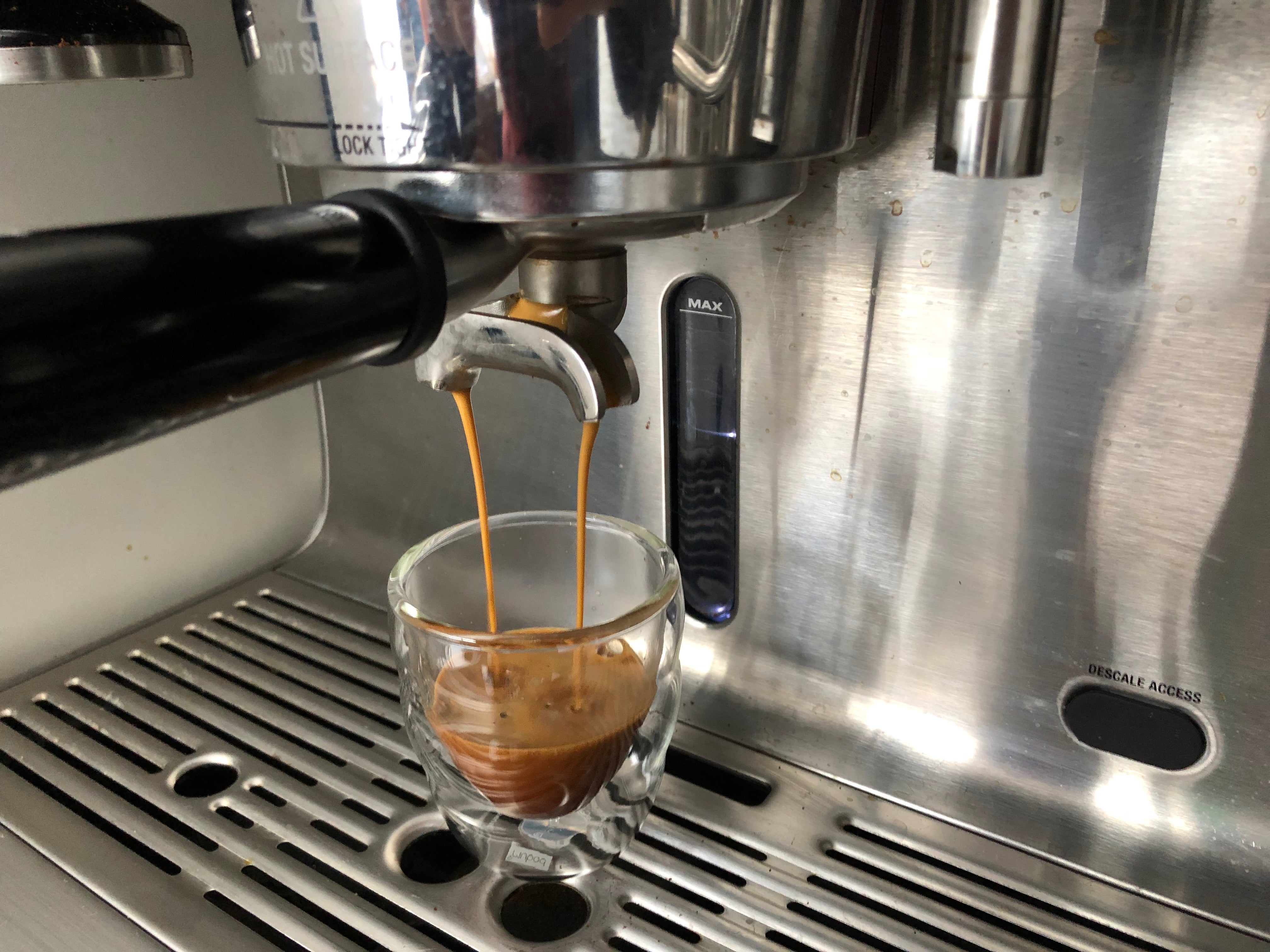
Step 5 – Fine tune your experience
Once you’ve got your espresso just about right, you can fine-tune the experience. Try small adjustments to your grinder and the way you tamp to see if that improves flavour.
Measure the final temperature of the coffee, too. You’re looking for around 65C for the perfect espresso. If it’s too hot or two cold, adjust the boiler temperature on your coffee machine. Some have simple settings, such as three levels of water temperature, some have actual temperature settings. Note that the input temperature is a lot higher than the output: on the Sage Dual Boiler, a boiler temperature of 93C outputs a shot of espresso at the right temperature.
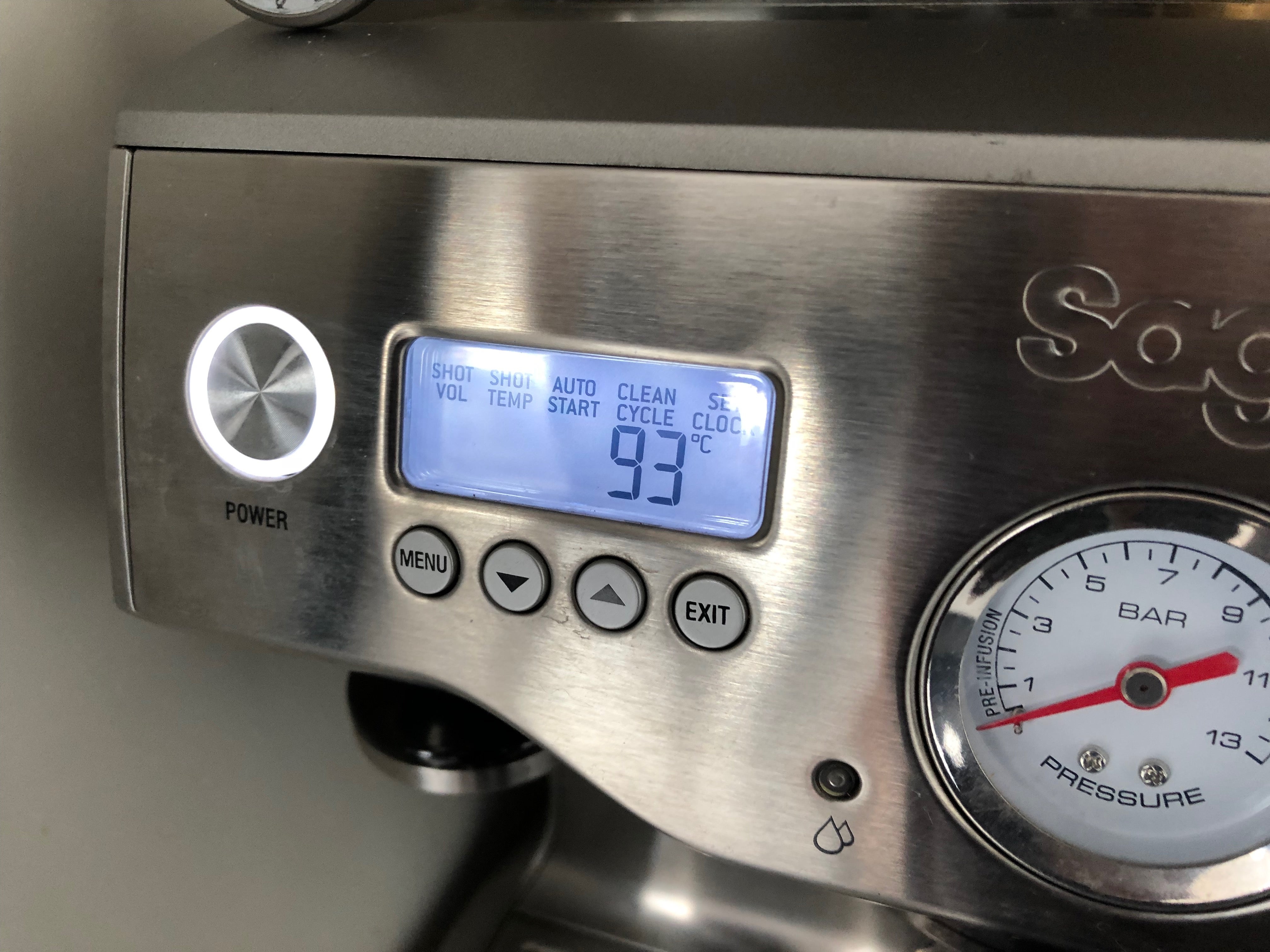
Have you got any espresso-making tips? Let us know by Tweeting us @TrustedReviews


